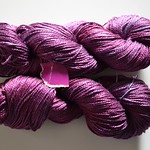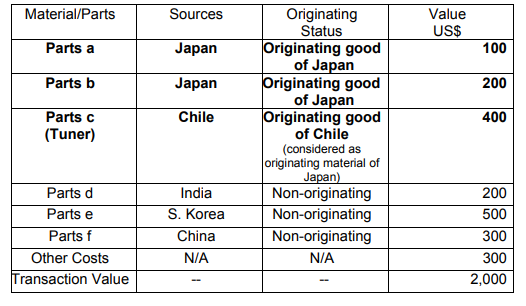Here is a case study of Value Added method.
Company A manufactures Table lamps (HS SubHeading 9405.20)

Table lamps of SubHeading 9405.20 are manufactured from the following
non-originating materials:
| Tubes of brass | € 3.00 |
| Plates of brass | € 2.00 |
| Switch | € 1.00 |
| Cable: | € 0.30 |
| Contact | € 0.20 |
| Steel wire | € 0.15 |
| Plastics components | € 0.25 |
| Textile fabrics | €1.20 |
| Light bulb | € 0.30 |
| Lamp holder: | € 0.50 |
| Screws | €0.05 |
| Varnish: | € 0.03 |
| Various materials | €0.40 |
| Total value | € 9.38 |
The lamps are sold at an ex-works price of € 20.-
The list rule for heading 94.05 requires the following working or processing to
be carried out on non-originating material:
“Manufacture in which the value of all the materials used does not exceed 50 %
of the ex-works price of the product”.
The total value of the non-originating materials used in the manufacture of one
lamp (€ 9.38) is less than 50 % of the ex-works price of one lamp (€ 20.-).
The origin requirements are fulfilled and the lamps can be regarded as
originating products.






